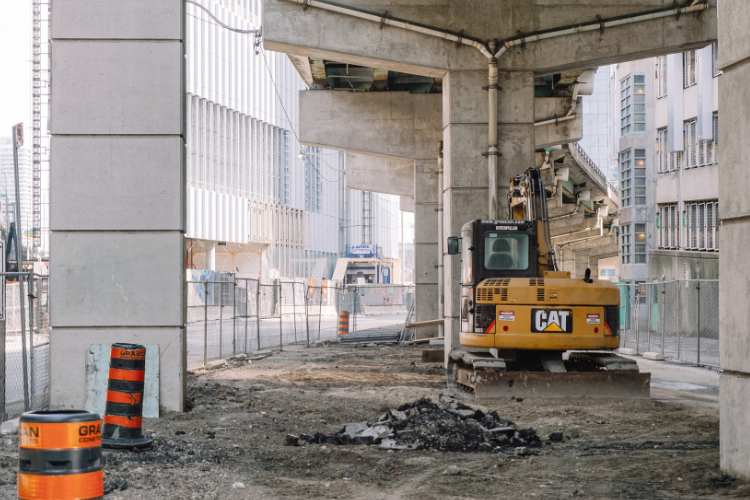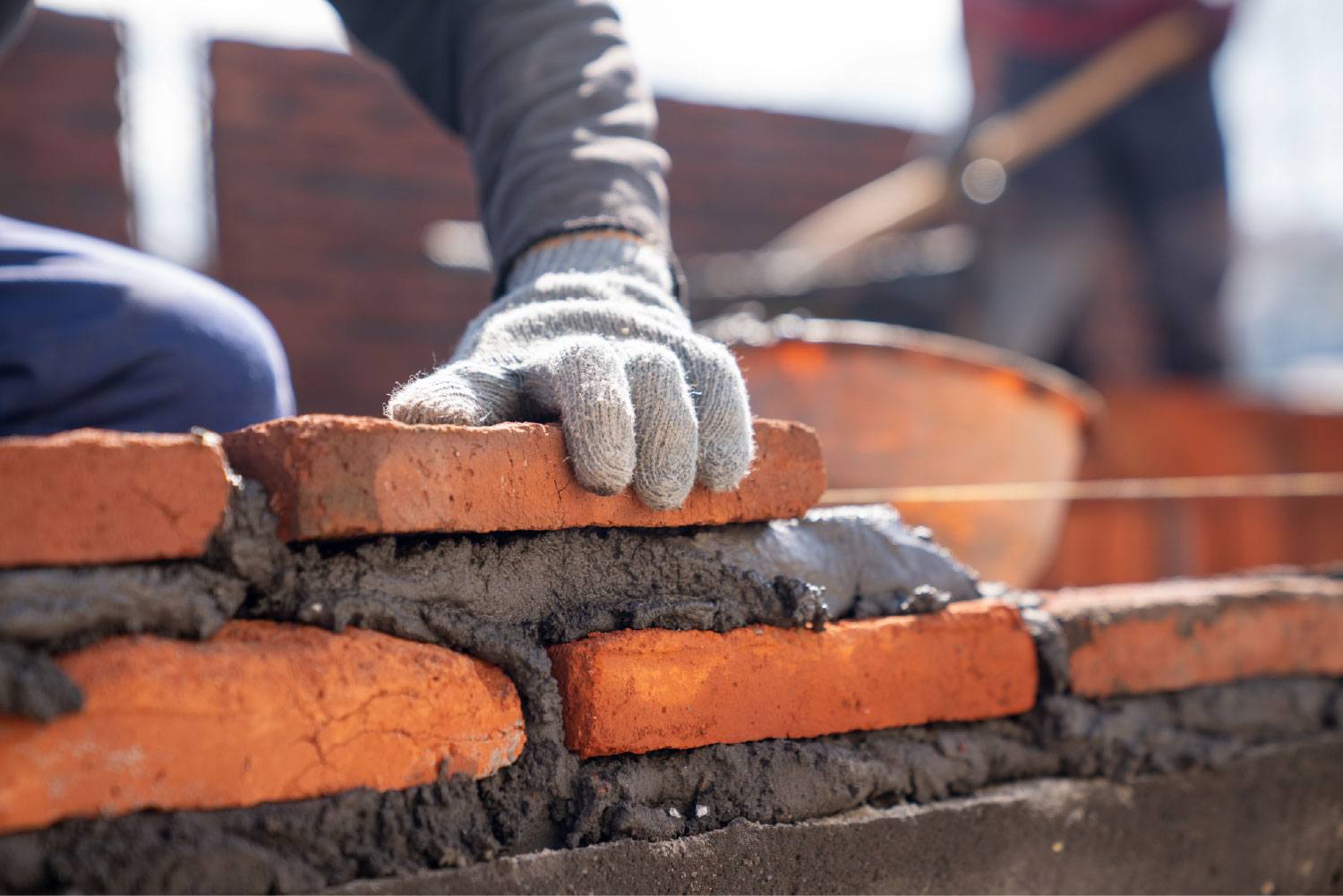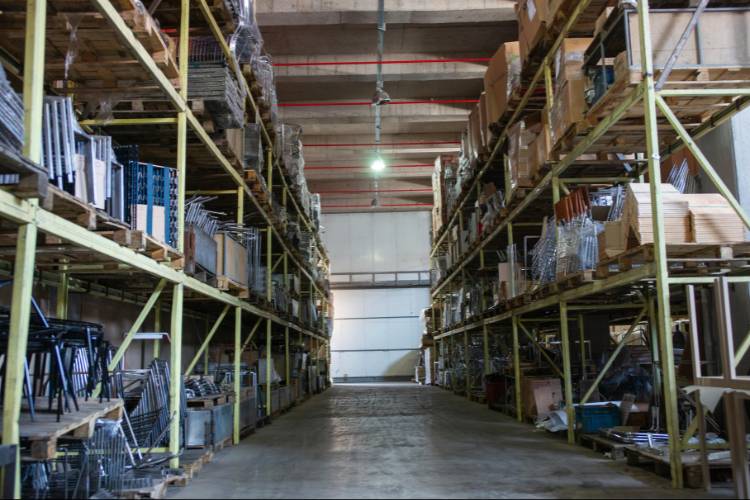By Larry Bernstein
Every subcontractor has second-guessed themselves after crafting and submitting a bid.
Were you too bold? Was the bid too high?
Or did you undervalue your services? Was the bid far too low?
e GC resorts to one single criterion to pick a sub: Price.
Rather than considering reputation, skill level, approach to the project, or experience, the selection may come down to one thing — money. Is this the best way to pick a sub? It seems counterintuitive for a GC to choose a bottom-of-the-barrel bid or a less reputable sub when their reputation is riding on your work, even if your price was the lowest.
GCs should be able to see that this is counterintuitive, right? Unfortunately, their decision to select a bid may be due to their participation in a hard bid scenario. We’ll explore the issues that hard bids create, why they’re hurting the industry, and what subs can do about it.
Table of Contents
The Systemic Problem of Hard Bids
What exactly is a hard bid?
In a hard bid scenario, jobs are awarded based on price alone. The bidder who submits the lowest bid by the deadline is awarded the job. This leads to a race to the bottom.
Consideration is not given to sub qualifications, or to which bidder is best suited for the project. Typically, when multiple bids are submitted, neither the lowest nor the highest bidder is the best option for the project. Both subs might be poor estimators, unclear on the scope of the job, or have unrealistic expectations.
You want the job, but not at the expense of meeting a reasonable profit margin.
A GC may have to sift through dozens of quality bids from reputable subs. So what makes a GC choose the sub they’ll ultimately partner with? Sometimes, GCs are typically caught in the middle of a hard bid scenario. Like subs, GCs ultimately contract for a job and are often selected for projects based on low bids. This leads to irresponsible budgeting by a GC as they try to figure out what they need to bid (how low) to win the job. Because the time allotted to submit a bid is often insufficient for a thorough review, details are overlooked. And as the saying goes, the devil is in the details.
Only after a GC wins a bid do they have the time to figure out how to make their bid work. The vicious cycle repeats as the GC itself must go through a hard bid process to select subs.
The Downstream Effects of Hard Bids
There are occasions when the contractor who did not present the lowest bid is selected even on a hard bid project. How does that work? If an owner comes across a GC they want to work with, but their bid is not the lowest, the owner offers the GC the project on the condition that they accept a lower fee.
All’s well that ends well? Not quite. A bid should be submitted only after careful consideration regarding costs, schedule, etc. Lowering a bid means the GC must find ways to make up the difference to maintain the profit margins they are striving for. This is not a recipe for a successful project. It almost sets a project up to fail because corners will have to be cut somewhere to meet the profit margins.
This also impacts subs. The same process (subs renegotiating or accepting a lower rate to win the job) repeats itself. So, your carefully considered pricing is impacted. After all, the GC needs to make the numbers work, so they undercut your bid.
Why renegotiate and accept a lower rate? Each sub needs to make that decision based on their circumstances. Subs and GCs might accept a lower fee to gain an opportunity in a new geographic market, a desire to widen their portfolio, to compensate for a slow market, etc. However, a project that is taken on at a low rate often leads to shoddier work because the work is rushed, corners are cut, etc. Also, workers are more easily frustrated when issues arise because they feel resentful about being paid less.
If subs refuse to negotiate, they may lose the opportunity to bid on the next project. A sub will acquire a reputation for not taking one for the team by refusing. So, while they are not forced to negotiate, avoiding it can be harmful.
One may conclude it’s better not to participate in a hard bid project. Unfortunately, many projects are hard bid; evading such projects is not reasonable for a GC or a sub.
Ultimately, subs have little negotiating power, even in a robust market. They have to bid and get locked into unfavorable contract terms per plans and specs that often have negative consequences since issues inevitably arise. Subs need to figure out how to make things work if they hope to maintain their margins.
When Subs Will Encounter Hard Bids
The rate at which subs encounter hard bids will depend on their trade. For example, a concrete sub working on a highway is less likely to deal with hard bids. Subs who specialize in trades like painting, pouring concrete, laying insulation, and putting down tile, however, often work within a hard bid contract.
Hard bid contracts are more common on greenfield projects and simpler projects. For straightforward projects with few variables, a hard bid makes more sense, as it’s reasonable to expect things will progress according to plan.
The Upside of Hard Bids
Despite the potential issues hard bids present, there is also upsides and potential. Consider the scenarios below. If, for example, a sub is looking to enter a new market, hard bids may not be so bad. Emerging/new subs are unknown, so GCs might be reluctant to hire them. You’re stuck without an opportunity to show what you can do. In a low bid scenario, you can get a job and show you are up to the task. You can take on a job to get that experience, knowing it may not be profitable. But, upon completing the job, you’ve gained valuable experience and made a connection with the GC. Now you can compete for jobs that are more profitable.
It’s also possible that things are slow, and you need the work. Bidding low on a hard bid project can get work. It can also be profitable, if you’re incredibly careful about making no mistakes and potentially using cheaper materials. Sure, this adds pressure, but it’s also an opportunity.
Finally, some subcontractors specialize in hard bids and focus on public work. Their success is based on knowing exactly how to bid these types of jobs, and having the economies of scale to keep COGS low.
Conclusion
As a sub in a hard bid scenario, you’re hired based solely on your bid. While a GC also participates in a hard bid scenario with owners, they can cut corners by underpaying the subs. So, the GCs pass the risk to you. But as the sub, there’s no one to pass the risk to, so you’re on the hook. Once you take on a contract, there’s no turning back since you’re at the bottom of the construction payment distribution chain.
Subs are often at a disadvantage in hard bid scenarios, thanks to the narrow profit margins they all but guarantee. To navigate these scenarios, subs need a greater supply of tools at their disposal. Anything that can help a sub trim down costs can be a great ally. Materials are often one of the most expensive line items when a sub tallies expenses, so cutting costs here can be invaluable in a hard bid scenario. Material financing, offered by Billd, is an excellent method subs can leverage to reduce their material costs; it poises subs to get the best deal possible on their materials and take full advantage of supplier discounts.
At Billd, we offer material financing because we advocate for subs. We’re here to provide you with financial resources and useful content to help guide you through challenging contracts and financial situations to ultimately help you grow your business. The key to succeeding in a market where things like hard bids can work against you, is to surround yourself with advocates, like Billd.







